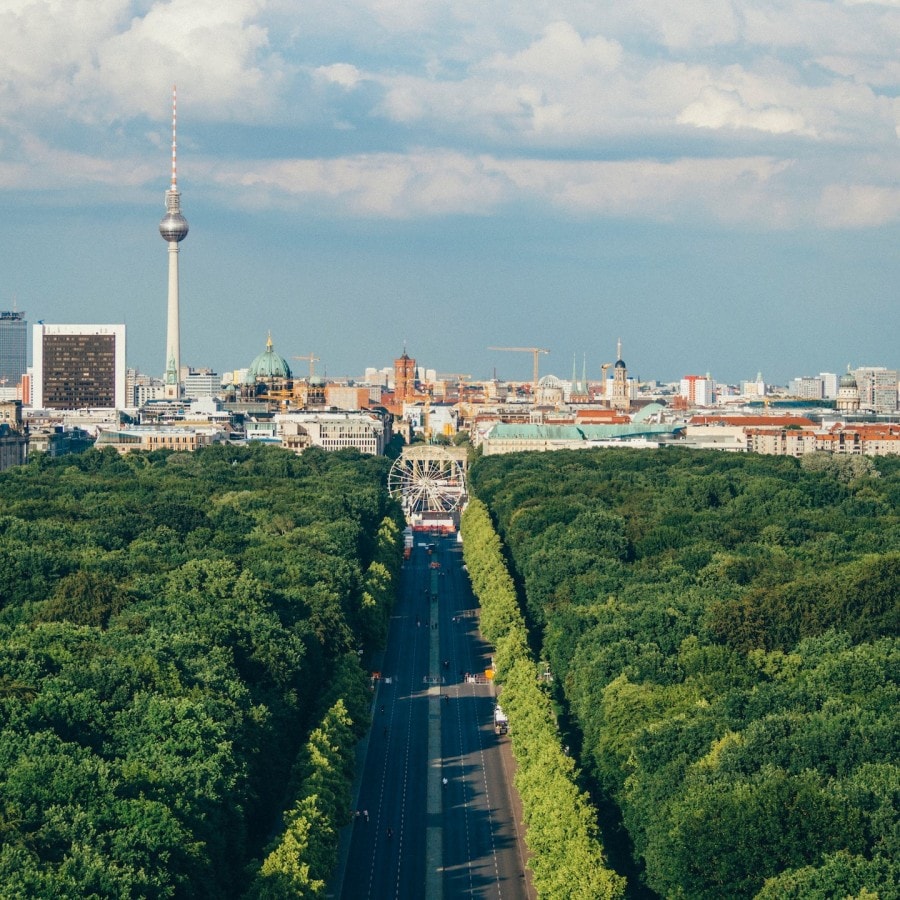Berlin

National Geographic picked in 2009
Country : Germany
Currency : Euro
Big Mac Index : 4.76
Travel Safety : Low Risk
Berlin, the capital city of Germany, is a vibrant and eclectic metropolis that offers a unique mix of history, culture, and modernity. Known for its iconic landmarks such as the Brandenburg Gate, Berlin Wall, and Checkpoint Charlie, Berlin is a city that is rich in history, art and culture. Beyond its storied past, Berlin is also known for its vibrant nightlife, innovative cuisine and thriving art scene. Getting to Berlin: Berlin has two major airports: Tegel (TXL) and Schönefeld (SXF). Tegel is located in the northwest of the city and is the main hub for domestic and international airlines. Schönefeld is located in the southeast of the city and is primarily used by budget airlines. If you are coming from outside Europe, you may also arrive at Berlin Brandenburg Airport (BER) which opened in 2020 and is now the main airport for the city. From the airport, you can take a taxi, bus or train to the city center. This may take around 30 minutes by taxi and up to an hour by public transport. Things to see and do: - Brandenburg Gate : One of the most iconic landmarks in Berlin and is a symbol of the city's unity and resilience. The gate was built in the late 18th century and is located at the end of Unter den Linden, one of Berlin's most famous boulevards. It is a must-visit attraction for any first-time visitor to Berlin. - Berlin Wall: A symbol of the Cold War and divided the city into East and West for almost 30 years. Today, parts of the wall have been preserved as a reminder of this turbulent period in the city's history. The East Side Gallery is one of the most popular sections of the wall and features murals by artists from around the world. - Museum Island: Located in the heart of Berlin and is home to five world-renowned museums. The museums include the Pergamon Museum, the Bode Museum and the Alte Nationalgalerie, and they house a vast collection of art, artifacts, and antiquities from around the world. A visit to Museum Island is a must for art and history lovers. - Checkpoint Charlie: The most famous border crossing between East and West Berlin during the Cold War. Today, a replica of the checkpoint stands as a monument to the city's divided past. There is also a museum that tells the story of the checkpoint and the attempts by East Germans to escape to the West. - Reichstag Building: Home to the German parliament and is one of the most famous buildings in Berlin. The building was designed by British architect Norman Foster and features a glass dome that offers panoramic views of the city. A visit to the Reichstag is free, but you must book in advance. When to visit: The best time to visit Berlin is from May to September when the weather is mild and there are many outdoor events and festivals. The city comes alive during the summer months, with outdoor concerts, street festivals and open-air markets. Spring and fall are also good times to visit, although the weather can be unpredictable and it is important to pack layers. Tips: - Berlin is a big city, so it is important to plan your itinerary in advance and prioritize the sights and attractions that you most want to see. - Berlin is a very bike-friendly city, and there are bike rental services available throughout the city. Cycling is a great way to explore the city and see the sights at your own pace. - Berlin is a multicultural city, and there are many different neighborhoods and districts to explore. Don't be afraid to venture off the beaten path and discover hidden gems. - Be sure to try the local cuisine, which includes traditional German dishes such as schnitzel, sausages and beer also international cuisine from around the world.
Photo - Unsplash: Adam Vradenburg